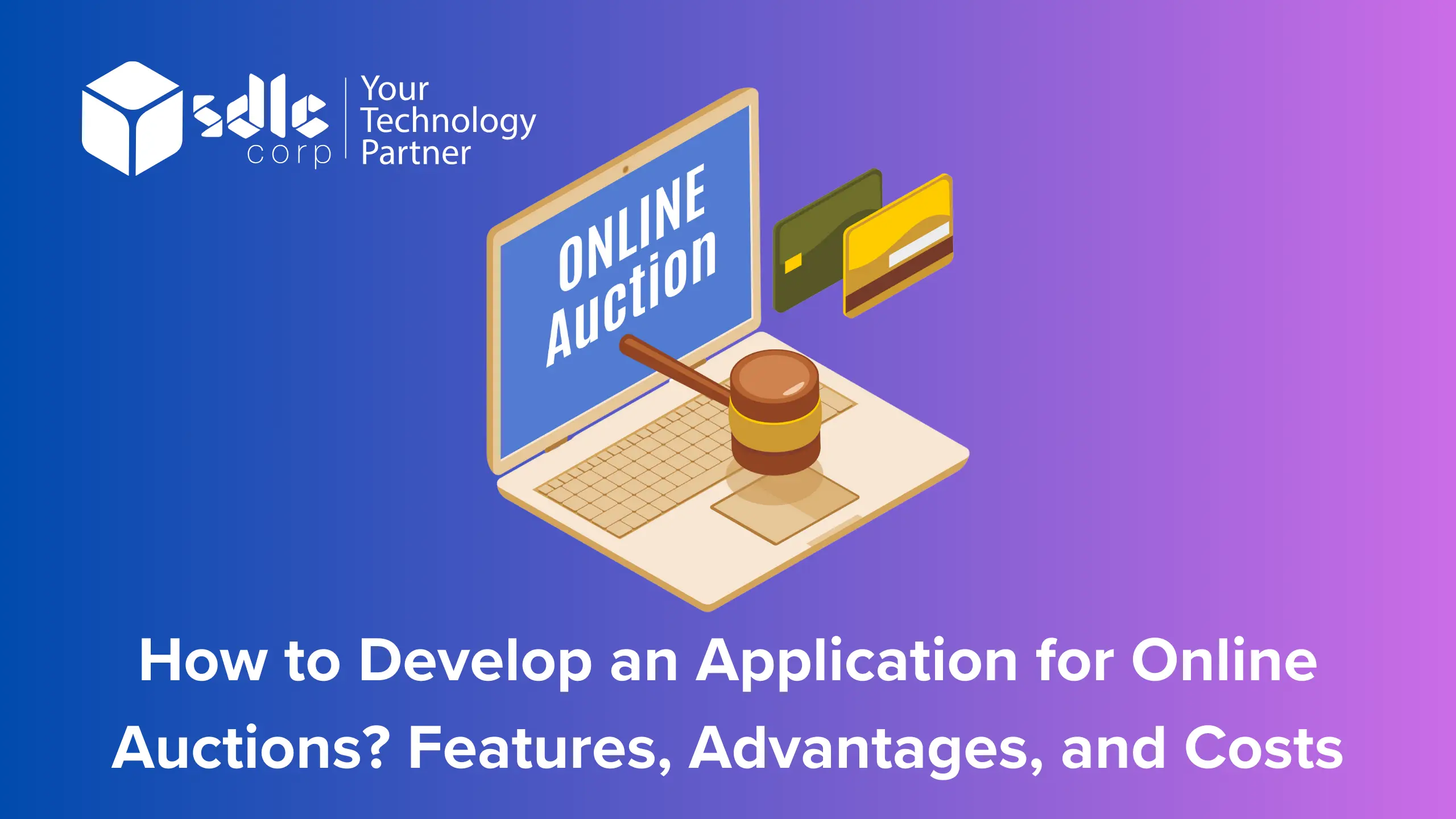How to Develop an Application for Online Auctions? Features, Advantages, and Costs
In today’s digital age, online auctions have become a popular way to acquire and sell goods and services. With technological advancements, it is now easier than ever to develop an application for online auctions programme that can help with this procedure. To ensure the success of an online auction application, careful planning and execution are required.
In this context, developing an online auction application necessitates taking into account a number of features, including bidding mechanisms, payment systems, auction monitoring, and user administration. These elements should be developed to provide both buyers and sellers with a smooth and user-friendly experience. Other important factors to consider include security measures to ensure safe transactions, mobile compatibility, and scalability.
The benefits of an online auction application are numerous, including being available 24 hours a day, reaching a larger audience, and minimising the need for physical auctions, among others.
Furthermore, it provides a platform for sellers to show their products and services to a wider audience, as well as for buyers to bid on unique and rare items.
The cost of developing an online auction program depends on factors including the complexity of the features, the development team’s experience, the development platform, and others. However, considering the benefits that an online auction application can provide, the investment is frequently worthwhile.
To ensure the success of an online auction application, thorough strategy, implementation, and continuous maintenance are required.
Growth of the Online Auction Market
The online auction business has grown significantly in recent years, owing to an increase in internet users and the popularity of e-commerce. The ease of bidding and purchasing things from the comfort of one’s own home has made online auctions a popular shopping technique for many people. Furthermore, the rise of mobile commerce has expanded the online auction market, with more people participating in auctions using smartphones and tablets. With the development of advanced auction software, enhanced payment mechanisms, and the availability of a wider choice of products, the industry is likely to grow further in the years.
Between 2022 and 2027, the online auction industry is anticipated to develop at a CAGR of 11.35%. The market is expected to expand by USD 2,506.13 million. The market’s growth is dependent on a number of variables, including a movement in preference towards online auctioning over traditional auctioning, the ease of bidding, and an increase in government surplus asset auctions.
This increase can be attributed to the growing popularity of online auctions in a variety of industries, including automobile, art and antiques, consumer goods, and real estate. Furthermore, the COVID-19 pandemic has fueled the growth of the online auction market, as consumers turned to online shopping during lockdowns and social distancing measures. With the growth of the e-commerce business and technological improvements, the online auction market is projected to continue its upward trend.
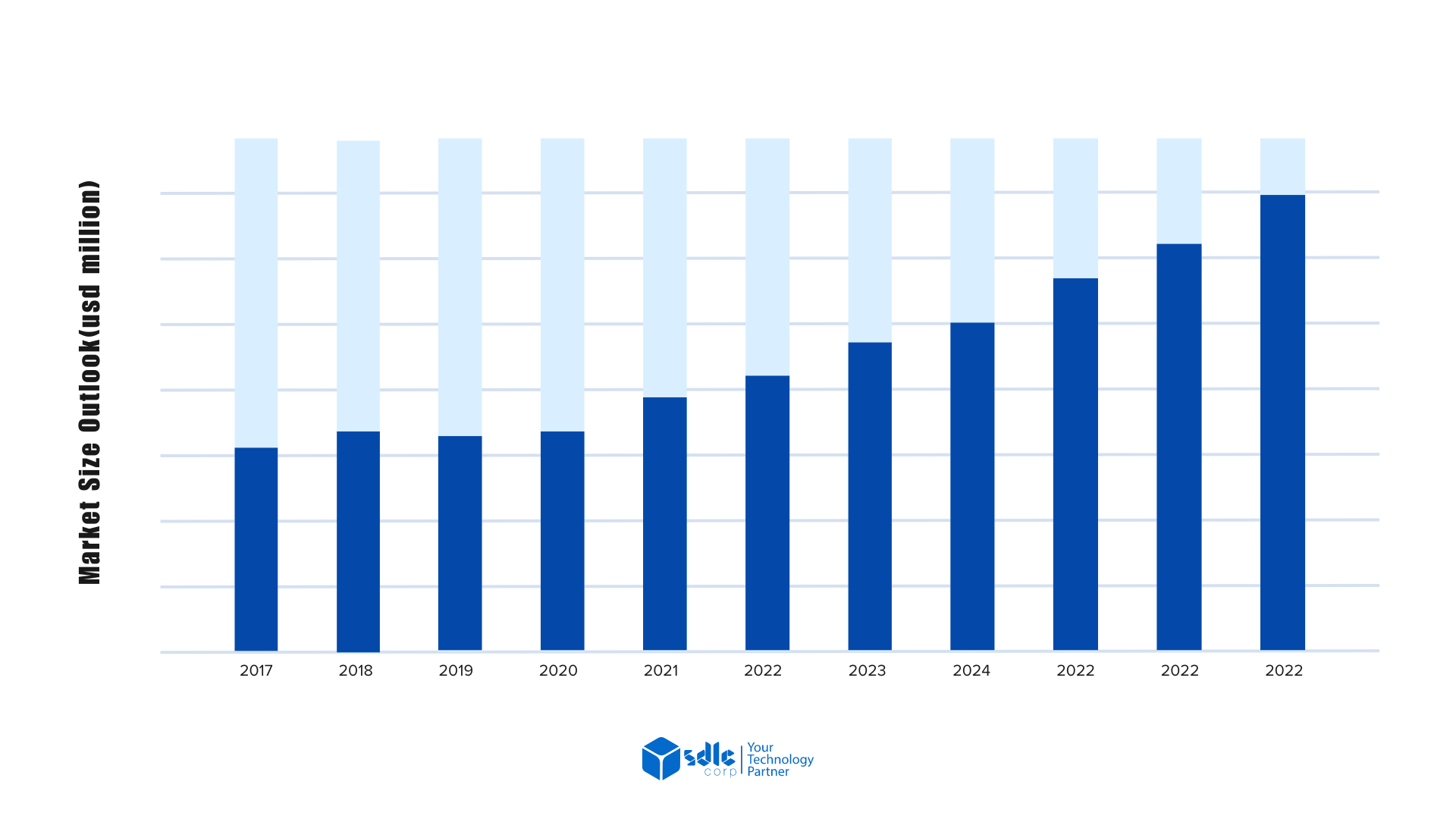
Steps to Develop an Online Auction Application
To ensure a seamless experience for both bidders and sellers, developing an application for online auction demands a well-planned and implemented method. We will go over the specific processes required to create an online auction application.
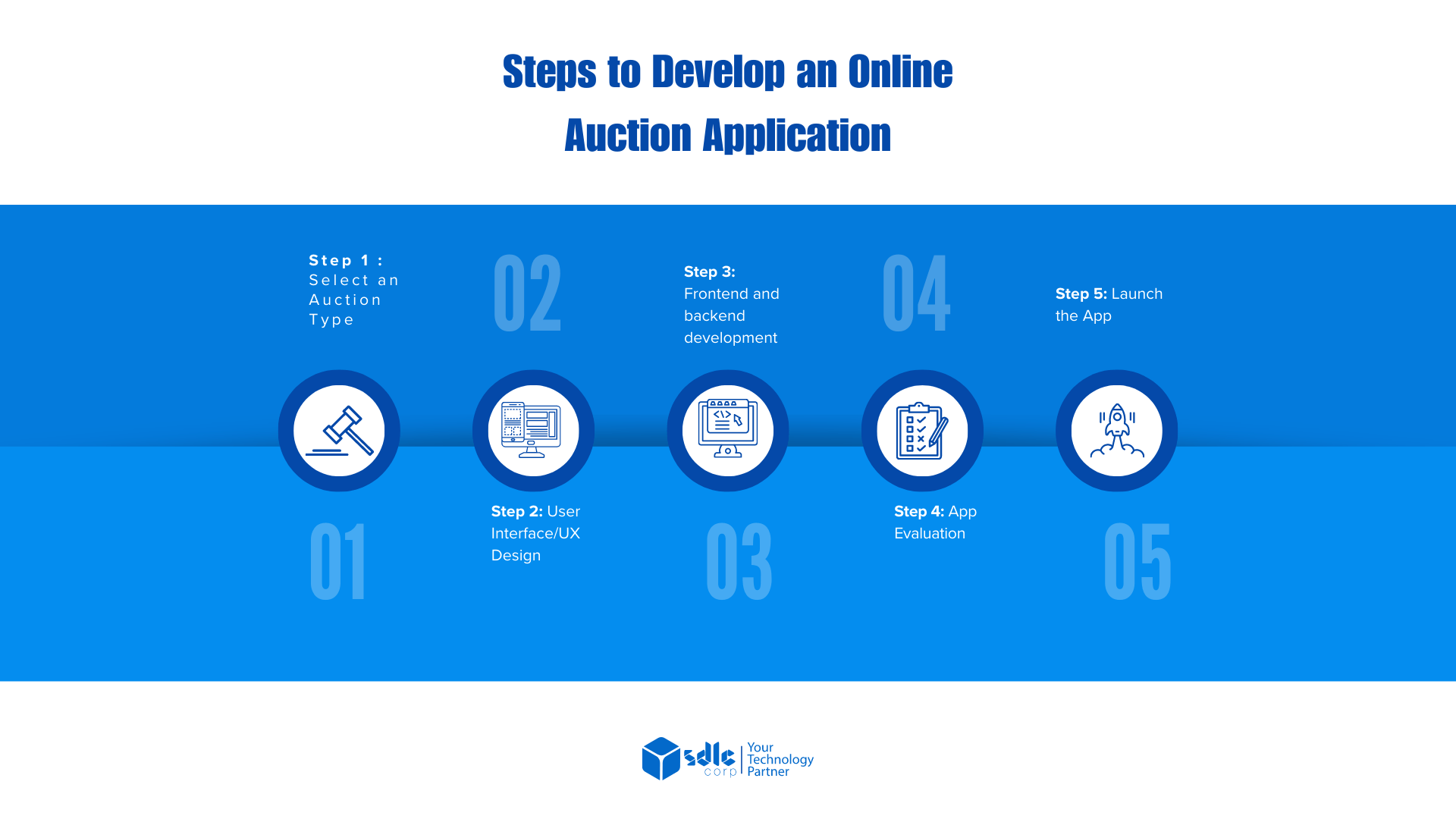
Step 1: Select an Auction Type
The first step in creating an online auction application is deciding on an auction type. There are several sorts of auctions, including:
English Auction
This is a conventional auction in which the auctioneer begins with a low bid and bidders raise their bids until no one is willing to bid any higher.
Dutch Auction
In a Dutch auction, the auctioneer begins with a high price and gradually lowers it until a bidder accepts the price.
Reverse Auction
A reverse auction occurs when a buyer offers a project and sellers bid lower amounts to win the project.
Sealed Bid Auction
Bidders enter their bids discreetly in a sealed bid auction, and the highest bidder wins.
It is critical to select the type of auction that is best suited to the application’s purpose and intended audience.
Step 2: User Interface/UX Design
The next step is to create an intuitive and user-friendly user interface (UI) and user experience (UX). The design should be appealing, and the layout should be logical and simple to use. The user interface should make it simple for users to bid on and manage their auctions.
The user experience design should prioritise creating a seamless experience for both consumers and vendors. The platform should be easily accessible from a variety of devices, such as desktop computers, laptop computers, tablets, and smartphones. Filters, search options, and notifications, among other things, should be included in the design.
Step 3: Frontend and Backend Development
Once the UI/UX design is complete, the backend and frontend of the application must be developed. Backend development entails creating server-side application logic, integrating databases, and integrating APIs. Frontend development entails creating the user interface that interacts with users.
Scalability, security, and data management should be prioritised in backend development. The database should be built to manage massive amounts of data while maintaining data integrity. Third-party API connectivity, such as payment gateways and social networking platforms, should be possible.
Frontend development should be responsive and adaptable to different devices. The frontend should be built with modern technologies like HTML, CSS, and JavaScript.
(Read more about Creating a Platform Similar to Shahid for Arabic Content: What Would Be the Development Cost?)
Step 4: App Evaluation
After the application has been developed, it must be tested to ensure that it is free of bugs and glitches. Functional testing, performance testing, security testing, and user acceptance testing should all be performed.
Functional testing entails testing the functionality of an application to ensure that it meets the required criteria. Performance testing entails evaluating the application’s performance under various loads. Security testing is putting the application’s security features like authentication, encryption, and data protection to the test. User acceptability testing is putting the application through its paces with real users in order to uncover any usability flaws.
Step 5: Launch the App
After testing is completed, the application must be launched. The application should be promoted during the launch to attract consumers and vendors. The application’s unique features and benefits should be highlighted in the marketing.
It is critical to monitor the application after launch and collect user input to discover any areas that require improvement.
Additional Procedures
Secure Payment Integration
Integrating a secure payment gateway is critical to ensuring the safety and security of buyer and seller transactions.
Admin Panel
Creating an admin panel enables the application’s administrators to control activities such as user administration, auction management, and data management.
Customer Support
It is critical to provide customer support to ensure that customers and sellers receive fast assistance and solutions to their difficulties.
Continuous Improvement
It is critical to update the application on a regular basis in order to introduce new features and improve existing ones.
Build your auction app now! Explore features & costs.

Features of Developing Auction Applications
Creating an online auction application entails creating and executing a number of distinct features that enable a flawless experience for both buyers and sellers. In this comprehensive guide, we will go through some of the unique aspects of creating an online auction programme.
1. User Registration and Administration
The app should provide a registration system that allows buyers and sellers to create and manage accounts. Their personal information and login credentials should be collected and stored by the system. Users should also be able to reset their passwords and regain their accounts through the programme.
2. Auction Administration
A system for creating and managing auctions should be included in the application. Sellers should be able to establish new auctions and manage existing ones, including selecting the starting bid price, reserve price, and auction finish time. Buyers should also be able to browse and search for available auctions, as well as put bids.
3. Real-Time Bidding
A critical component of an online auction application is real-time bidding. The application should enable purchasers to put real-time bids and receive fast feedback on their bids. In addition, the system should include a method for automatically boosting the bid amount when another user submits a greater bid.
4. Automatic Bid Increments
An automated bid increment functionality should be included in the application to ensure fair bidding. When a new bid is placed, the system should automatically increase the bid amount by a specified amount. This feature prevents bidders from placing bids that are lower than the current highest bid.
5. Watchlist
Buyers can keep track of the auctions they’re interested in using the watchlist option. Buyers should be able to add auctions to their watchlist, receive updates about the auction’s progress, and monitor bidding activity using the application.
6. Payment Gateway Integration
The application should link with a secure payment gateway to allow buyers to pay for their winning auctions. The payment gateway ought to be able to accept payment methods like credit cards, bank transfers, and e-wallets.
7. Auction Analytics
Auction analytics enables sellers to monitor the performance of their auctions and find areas for improvement. The application should provide auction metrics such as bidder count, bid amount, and bid history.
8. Feedback Mechanism
Buyers and sellers can rate one other based on their transaction experience using the feedback system. Buyers should be able to rate merchants based on characteristics such as item quality, shipping speed, and communication. The feedback mechanism provides vital information into the auction quality and seller reputation.
9. Design for Mobile Devices
The application should be mobile-friendly, allowing buyers and sellers to utilise it on their smartphones and tablets. The responsive mobile-friendly design should adjust to multiple screen sizes.
10. Security Options
To secure users’ personal information and avoid fraud, the application should have strong security measures. To safeguard sensitive data such as login credentials and payment information, the system should use encryption. The programme should also have authentication measures to validate user identities and prevent unauthorised access.
Explore our other insights!

How Can You Find Investors For Your Mobile App Startups?
How Can You Find Investors For Your Mobile App Startup? Starting a mobile app startup is an exciting
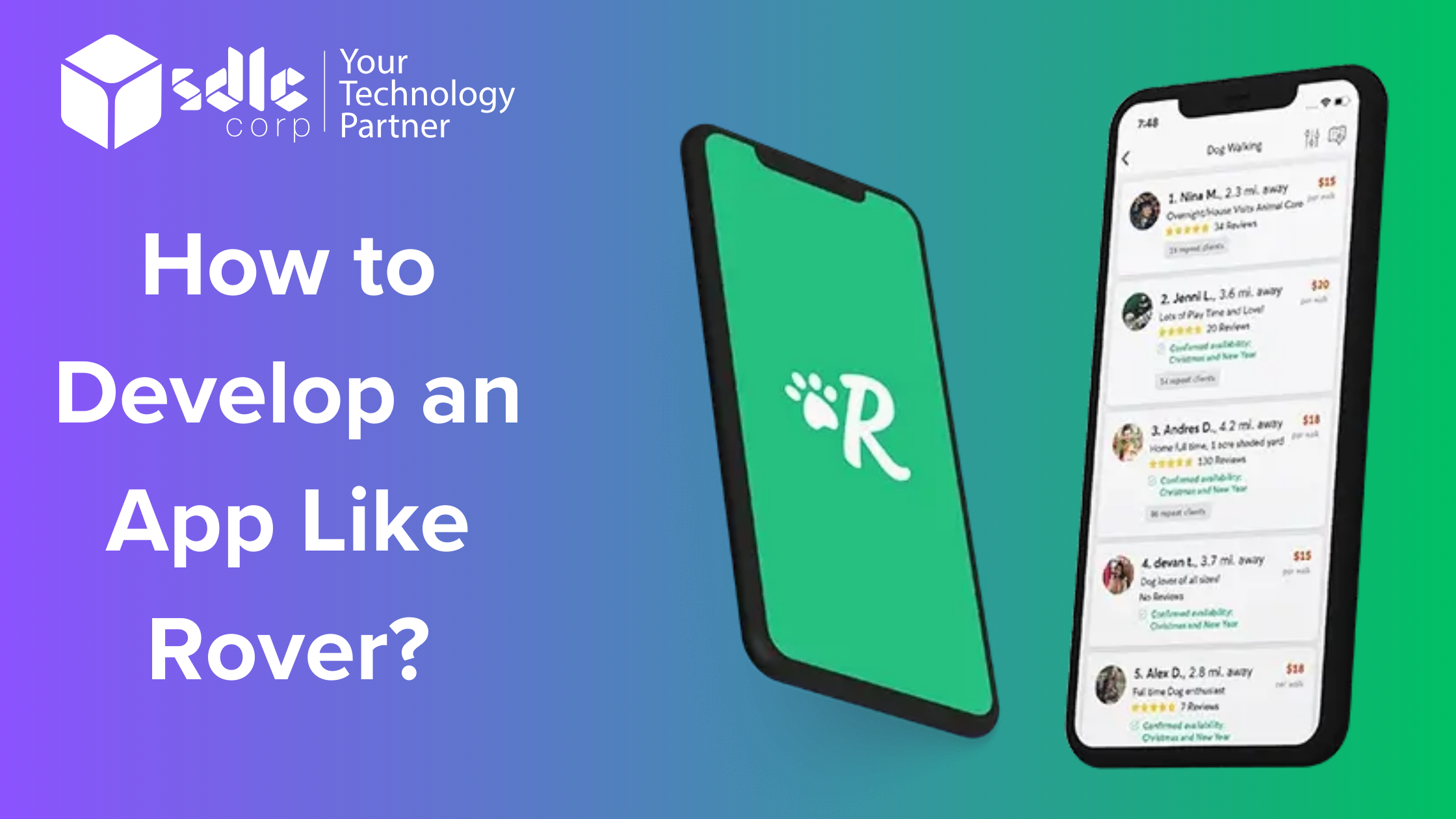
How to Develop an App Like Rover?
How to Develop an App Like Rover? Learn how to develop, build, and create an app like Rover,
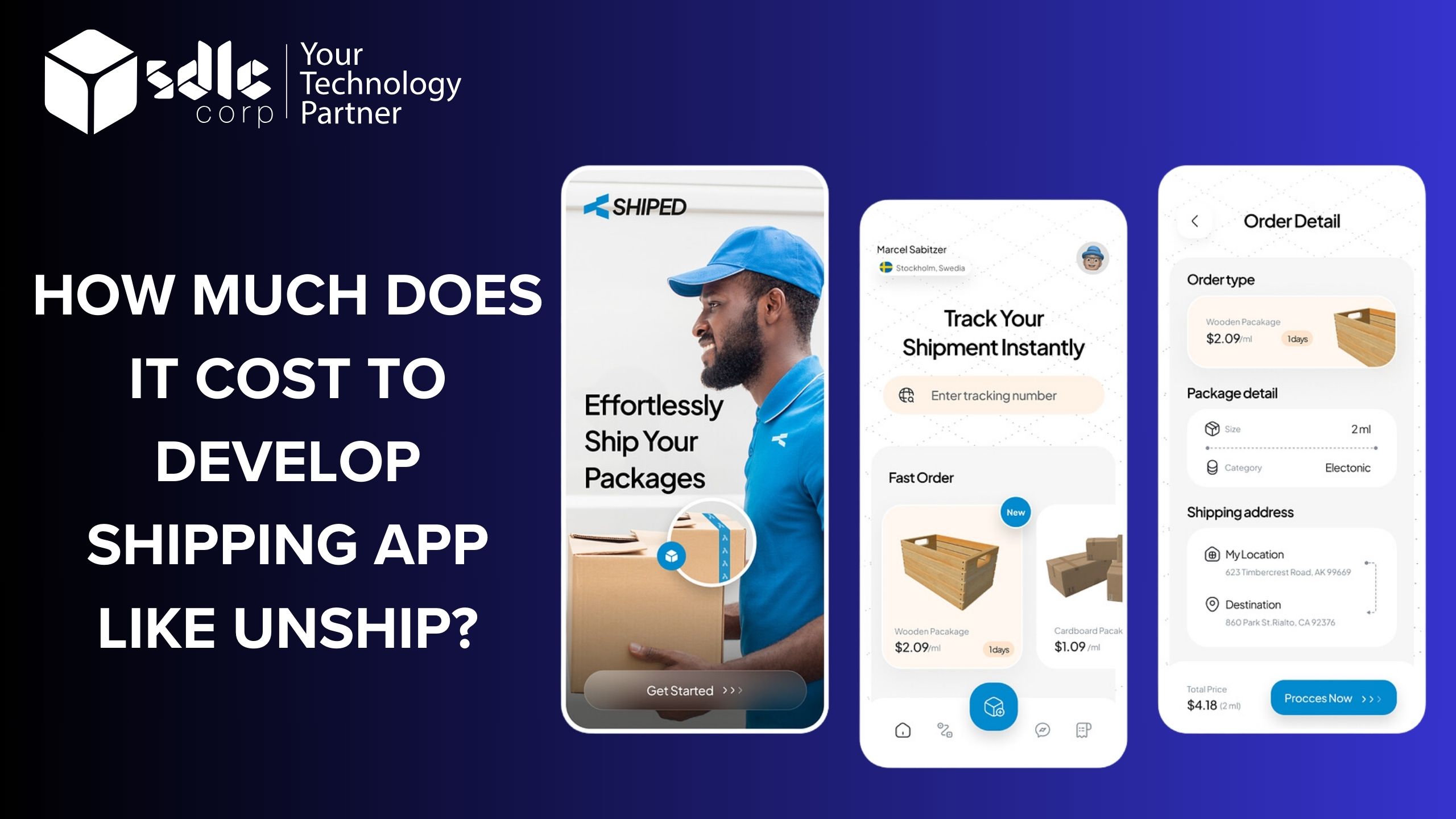
HOW MUCH DOES IT COST TO DEVELOP SHIPPING APP LIKE UNSHIP?
How Much Does It Cost To Develop Shipping App Like Unship? To develop a App like Unship, you’ll
11. Customer Service
The programme should include a customer support mechanism that allows buyers and sellers to receive timely assistance and problem resolution. Customer service methods such as email, phone, and chat should be available.
Advantages of the Online Auction App
Because of their numerous benefits, online auctions have grown in popularity in recent years. We will go over some of the advantages of creating an online auction platform.
1. Accessibility and Convenience
The convenience and accessibility of online auctions is one of its most significant advantages. As long as they are connected to the internet, buyers and sellers can participate in auctions from anywhere in the world. Online auctions are available 24 hours a day, seven days a week, allowing buyers and sellers to join at their leisure.
2. Larger Audience
Because they are not limited by location, online auctions attract a larger audience than traditional auctions. Buyers from all over the world can engage, resulting in greater bidding activity and competitiveness. Sellers profit from a broader audience since it enhances the likelihood that their things will sell for a greater price.
3. Lower Overhead Costs
Because they do not require a physical location, staff, or equipment, online auctions have lower overhead costs than traditional auctions. Online auctions are thus a more cost-effective solution for both buyers and sellers.
4. Real-time Bidding
Online auctions enable real-time bidding, resulting in a more competitive atmosphere. Bidders can view the current highest bid and put their own bids in response. This makes the process more transparent, which benefits both buyers and sellers.
5. Automatic Bidding
Automatic bidding is also available in online auctions, which saves time and promotes efficiency. Bidders can specify a maximum bid amount, and if someone else submits a greater bid, the system will automatically increase the bid amount up to the maximum bid. This prevents bidders from missing out on an item because it is unavailable during the auction.
(Read more about How Much Does It Cost to Develop Zogo’s Financial Literacy and Money Management App?)
6. Secure Transactions
Because they use secure payment gateways and encryption to protect sensitive data, online auctions provide secure transactions. Buyers can pay for their products with a variety of methods, including credit cards, bank transfers, and e-wallets.
7. Data Analytics
Data analytics provided by online auction platforms allow vendors to track the performance of their auctions. Sellers can view the number of bidders, bid amounts, and other information that will assist them in optimising future auctions.
8. Feedback System
Online auction systems offer a feedback system that allows buyers and sellers to assess one another based on their transaction experience. This makes the process more transparent and contributes to the development of trust between buyers and sellers.
9. Customization
Online auction platforms can be tailored to the individual requirements of buyers and sellers. This enables a more personalised experience, which can boost consumer satisfaction.
Start your auction app journey! Learn about features and costs.

Cost of Developing an Auction App
Type of Auction
The cost of designing an online auction application varies based on the type of auction. A simple English auction in which the price rises with each bid can cost between $10,000 and $15,000 to create. A more complex auction, such as a reverse auction or a sealed-bid auction, can cost anywhere from $20,000 to $30,000.
The cost of establishing an online auction application varies according to the features offered in the platform. The following is an estimate of the cost of each feature:
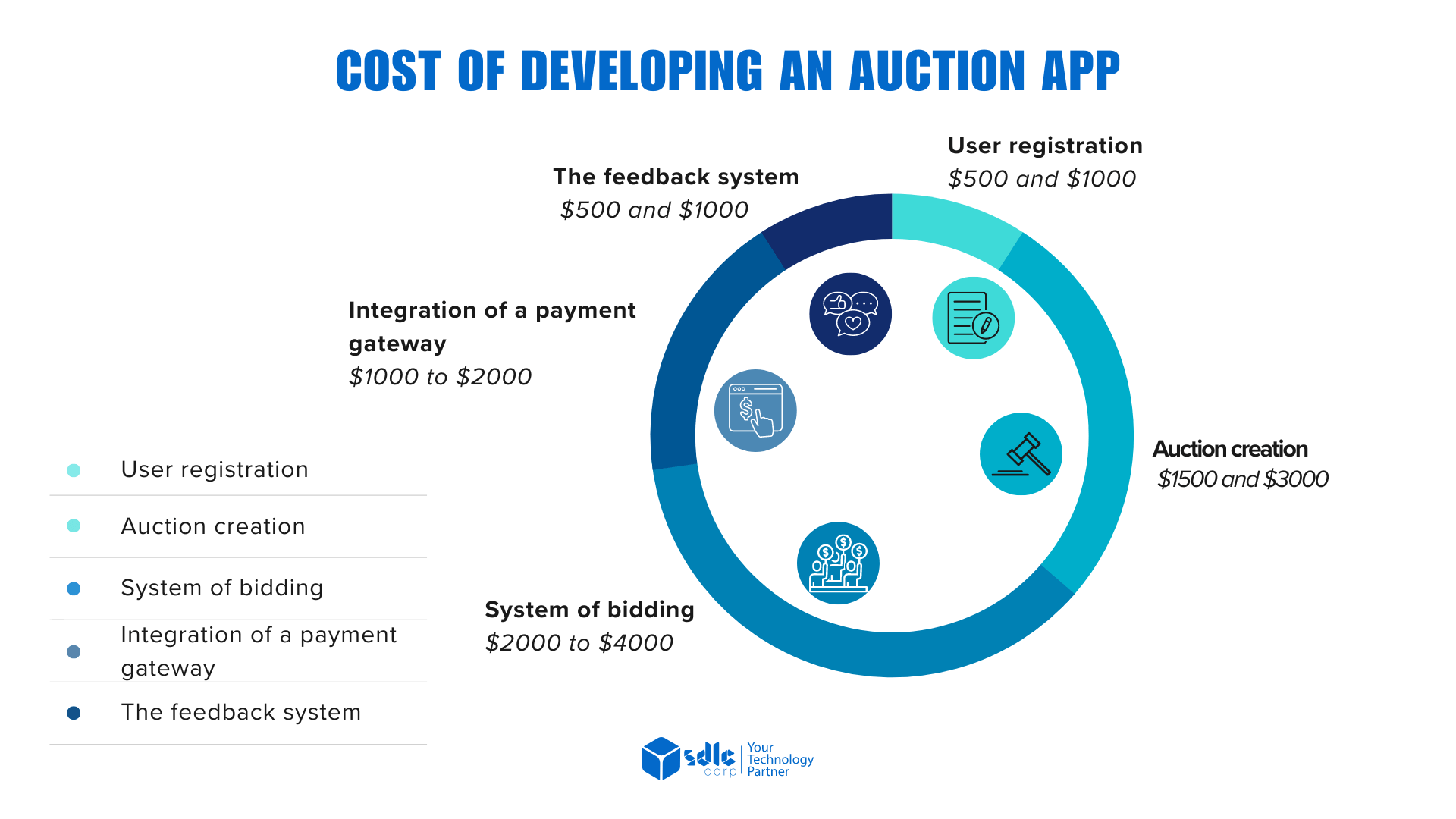
User registration costs between $500 and $1000.
Auction creation costs between $1500 and $3000.
System of bidding: $2000 to $4000
Integration of a payment gateway: $1000 to $2000
The feedback system costs between $500 and $1000.
The cost of developing additional features such as automatic bidding, enhanced search, and real-time bidding will rise. The cost of establishing an automatic bidding function, for example, can range from $3000 to $5000.
Complexity
The cost of establishing an online auction application varies based on the platform’s complexity. A basic auction platform with few features and a plain design can cost between $15,000 and $25,000 to build. A complicated platform with advanced functionality and a custom design can cost between $30,000 and $50,000 to construct.
Hourly Rate of the Development Firm
The hourly rate of the development firm will influence the cost of producing an online auction application. The hourly pricing can vary depending on the location, size, and experience of the organisation. A development company’s hourly charge might range from $75 to $200 per hour.
Maintenance and Support
For the online auction platform to run well, maintenance and support are required. When calculating the overall cost of developing an online auction application, the cost of maintenance and support should be factored in. The annual cost of maintenance and support might range from $1000 to $5000.
Server and Hosting
To store and handle data, an online auction application requires a server and hosting. When calculating the overall cost of developing an online auction application, the cost of the server and hosting should be considered. Varying on the size and complexity of the platform, server, and hosting costs can range from $50 to $500 each month.
Third-Party Integrations
To improve the functionality of the online auction application, third-party integrations such as payment gateways, email services, and analytics tools may be necessary. When calculating the overall cost of developing an online auction application, the cost of third-party integrations should be considered. Third-party integrations might cost between $500 and $5,000 or more, depending on the type and number of integrations necessary.
Finally, the cost of developing an online auction application can range from $15,000 to $50,000 or more, varying on a variety of factors such as the type of auction, features, complexity, the hourly rate of the development company, maintenance and support, server and hosting, and third-party integrations. Working with a reliable development company that can provide a precise estimate of development costs and guarantee that the platform fulfils the unique objectives of the business is critical.
Conclusion
Finally, creating an online auction application necessitates careful planning and consideration of various features such as user authentication, bidding systems, and payment gateways. The benefits of such an application include improved accessibility, convenience, and a larger audience reach. The cost of an application might vary depending on its complexity, the size of the development team, and the platform used.

FAQs
1. What Are Some Essential Features That an Online Auction Application Should Have?
User identification, bidding systems, payment gateways, product listing and search, and bidding notifications are all important elements of an online auction platform.
2. How Can an Online Auction Application Be Monetized?
A transaction fee, listing cost, membership fee, or offering premium features can all be used to monetize an online auction programme.
3. What Are the Advantages of Using an Online Auction Application Over Traditional Auction Methods?
Online auction systems provide increased accessibility and convenience for buyers and sellers, as well as a larger audience reach and the ability to conduct real-time auctions.
4. What Amount of Time Does It Take to Create an Online Auction App?
The development time for an online auction program might vary based on the features’ complexity, the platform chosen, and the size of the development team. It can take probably from a few months to a year or more.
5. What Are the Potential Costs Associated With Developing an Online Auction Application?
The cost of constructing an online auction application can differ greatly depending on the project’s complexity, the size of the development team, and the platform employed. To cut costs, it is best to prepare a comprehensive budget and collaborate with experienced experts.

